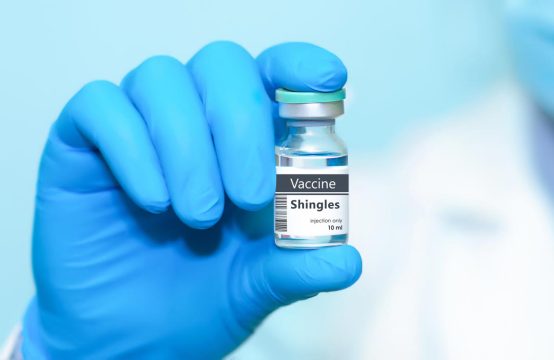Advertisment
SABCS 2011 Report – Everolimus in management of tumour resistance in breast cancer
by Dr Sunil Upadhyay – The majority of breast cancer patients diagnosed with oestrogen receptor positive tumours respond well to endocrine therapy like tamoxifen and aromatase inhibitors, when used appropriately. However, some tumours are resistant to hormonal therapy de novo; others develop resistance leading to relapse and disease progression after initial response. In the metastatic setting the gold standard is to manage patients with sequential single agent endocrine therapy at each progression. However, each subsequent line of endocrine therapy results in a shorter duration of response and resistance to endocrine therapy eventually develops. Such resistance to endocrine therapy in the metastatic setting is common. The exact mechanism of the development of resistance to endocrine therapy in these patients is complex and multifactorial. There is plenty of pre-clinical and clinical data to suggest that mTOR activation is one of the many possible pathways for the development of resistance. To address this mechanism, it was hypothesised that inhibition of mTOR simultaneously with oestrogen deprivation would overcome resistance to endocrine therapy.
Professor Gabriel Hortobagyi from M D Anderson Hospital Cancer Centre, Texas presented data from the BOLERO-2, an international Phase III clinical trial, updated to 8th July 2011 at the SABCS 2011. In this prospective trial everolimus, an mTOR pathway inhibitor was used in combination with exemestane in metastatic breast cancer patients. Postmenopausal women with oestrogen receptor positive, HER2-negative, inoperable, locally advanced or metastatic breast cancer, who have shown relapse or disease progression following treatment with letrozole or anastrozole (non-steroidal AI) were treated with combination therapy in the experimental arm. A total of 724 patients were randomised (2:1) to treatment with everolimus 10mg daily in combination with exemestane 25mg daily (n=485) or to placebo and exemestane (n=239). The primary endpoint was PFS as determined by the investigators but also reviewed by a central radiology panel. The secondary endpoints were overall survival, response rate, quality of life and safety.
Patient characteristics in this trial were well balanced. The majority of the patients were Caucasian with an average age of 62 years. Prior response to endocrine therapy was demonstrated in nearly 84% of patients with over 50% previously having received three or more hormonal therapies before randomisation. One third of the patients had liver or lung metastases. 36% of the patients had metastases in at least three-organ sites. All patients had relapsed on a non-steroidal AI, in addition half had received tamoxifen and 26% had chemotherapy for metastases.
The results presented showed that 90% of the patients discontinued therapy in the control arm compared to only 71% in the experimental arm due to disease progression. Adverse events and consent withdrawal was marginally frequent in the combination arm. There was a highly significant (HR 0.44) prolongation of the PFS in the combination arm compared to the control arm (7.4 vs 3.2 months) at 12 months of median follow-up. At 12 months, 31 and 10% of the patients were progression free in the combination and monotherapy arms respectively. The local investigators observation was confirmed by the central radiologists’ assessment. The PFS was 11 months with combination compared to 4.1 months in the control arm (HR 0.36). Subgroup analysis showed that all prognostic groups of patients benefited with combination therapy to a similar extent. The response rate (12% vs 1.3%) and clinical benefit (50.5% vs 25.5%) was clearly significantly (p<0.0001) and favoured patients on everolimus plus exemestane.
Alhough the overall survival data remains awaited, there were fewer deaths in the combination arm. Common adverse effects related to everolimus were stomatitis, rash, diarrhoea and anorexia but grade 3 & 4 toxicities were rare. Moreover, despite these side effects, there was no difference in the quality of life between the two arms of patients. Similarly, bone resorption and formation markers increased in the exemestane arm but decreased significantly in the combination arm indicating a potential protective effect of everolimus on bone. This study confirms the superior benefits of the combination approach. Everolimus is the first therapeutic agent to significantly enhance the efficacy of hormone therapy in patients with oestrogen receptor positive, HER2 negative breast cancer and this observation provides a different treatment option to patients with hormone resistant metastatic breast cancer. Therefore, the addition of everolimus in advanced metastatic breast cancer could represent a paradigm shift in the management of these patients. Abstract S3-7. SABCS 2011





